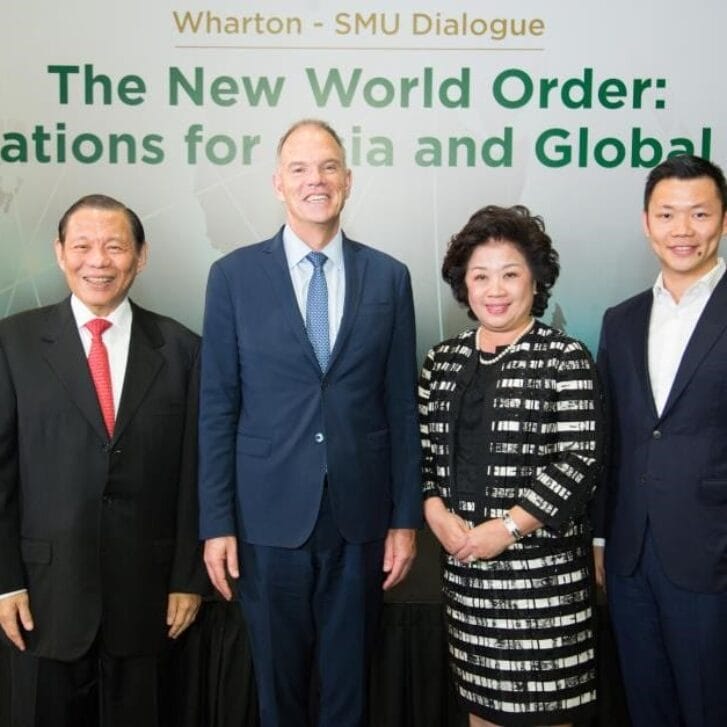As a consumer, it is nice to live in a world where I can watch, hear or read anything I want, whenever and wherever I like, virtually ad-free. I can fast forward through podcast commercial breaks, mute video pre-roll, and install ad blockers on my browser. For retailers, this is not so good.
It’s part of the reason why I’ve become so fascinated by retailers who have managed to break through the walls consumers have erected in their own private corners of the Internet. In an effort to combat this new ad-free reality, many retailers are joining the content game. They’re investing significant resources in producing materials that look exactly like what their customers are reading, watching and experiencing.
To an REI customer, that means camping recipes on YouTube that look like Buzzfeed Tasty videos. To a Harry’s razor customer, that means finding the “U.K. Masculinity Report” compelling. To a Sephora customer, that means an immersive brand experience in a historic downtown Los Angeles building that looks like a museum-quality curated collection of all things beautiful. To an Away customer, that means a curated city guide to Lisbon that could be mistaken for a travel column in the New York Times’ T Magazine.
But beyond producing the kinds of “scroll-stopping” content we are all becoming accustomed to, sophisticated retailers have taken it a step further. They’re getting smarter about leveraging customer data to provide better online experiences and products. They’re investing in better tools and strategies to build lasting relationships with customers. They’re even transforming their e-comm sites into platforms that can arguably be seen as sophisticated ad networks.
From my view, their bold new initiatives are working out quite well…so long as they stick to three core principles of creating and distributing meaningful content that excites, engages and converts.
Listen, Learn, and Leverage
Perhaps no one knows fashion-obsessed Millennial women better than Refinery29. But beyond its army of talented writers, the site has raised the bar for native advertising.
Consider this tearjerker video from Gatorade last year, which was based on insights from Refinery29 Intelligence, the company’s research arm, showing that young girls in high school are dropping out of sports because they feel pressure to focus on their academics and professional careers early on. Or its women-first “Support System” installation they helped execute for Reebok in their 29Rooms activation during New York Fashion Week last month.
The reason their content is so spot-on, co-founder Philippe von Borries recently said, is because Refinery29 has built a direct relationship with readers. Sustaining this relationship requires an intense focus on actually listening and learning from their audience—and to never break that trust. “Our focus has really always been about creating influence and the ability for us to move products by telling people what was interesting and relevant in the world,” he said. “Everything we do is authentic because we listen. With everything we put out there, we want people to think, ‘Hey, this is something that I want to be a part of.’”
Goop, which is arguably one of the most popular wellness and beauty brand in existence, employs a similar strategy in deciding which products to manufacture and sell to their loyal customers. They pay close attention to which Goop blog articles do well, which ones don’t, and adjust their product line accordingly. Consider this anecdote from Taffy Brodesser-Akner’s T Magazine feature about the company:
“When a story about beauty products that didn’t have endocrine disruptors and formaldehyde got a lot of traffic in 2015, the company started Goop by Juice Beauty, a collection of “clean” face creams and oils and cleansers that it promised lacked those things.”
Communities, Not Clicks
Every publisher lives and dies on the trust and loyalty of their readers. If reputable publishers such as The Economist or Vanity Fair were only in the business of chasing clicks, they’d lose all credibility. Fostering a vibrant, engaged community is essential to their survival, and trust is at the center of it all.
Cult beauty-brand Glossier, which spun off of the blog “Into The Gloss,” was one of the first retailers to pioneer a community-like mentality. To maintain customer trust and loyalty, they often do something that would be quite ordinary coming from a beauty columnist at Vogue, but quite radical coming from a beauty retailer: They recommend other beauty products on their site. “Where most beauty companies have tried to ignore the fact that women are in an open relationship with beauty brands,” founder Emily Weiss told Fast Co., “we have embraced that.”
Experience Is Everything
Recent headlines have clued us into some retailer’s plans to compete for the same advertising budgets as traditional and digital publishers. In September, the New York Times reported Amazon’s online ad business had generated $2.2 billion in the first quarter of 2018 alone. Earlier this year, we learned about Walmart, Kroger and Target’s successful foray into display advertising. One ad campaign Target ran for Dyson, for example, identified shoppers who had purchased allergy-related products like humidifiers or Claritin. For this cohort, Dyson vacuum sales doubled.
But growing this new stream of revenue comes with its own temptations. Will retailers start to see every white space online and in-store as valuable ad space? I hope not. We’ve already seen the mistakes many publishers made when trying to chase extra advertising dollar. Not too long ago, many publishers choked every page with annoying display units, from full-screen takeovers to autoplay video ads.
Thankfully, those days are—almost—behind us. Today, when publishers like Bloomberg politely ask us to turn off our ad blocker, we happily oblige because the advertising content is so relevant and beautifully integrated. So far, the ads I’ve seen on Amazon and Target aren’t hindering my shopping experience. I hope it stays that way.
A New Playbook
I am impressed at how retailers have adapted to an environment where consumers are in complete control of their content consumption experience. It is my hope that they study the successes of great publishers and continue to innovate on the path they’ve already paved. For example: producing great content that has journalistic integrity, being smart—not creepy—with customer data, and preserving a beautiful, seamless, uninterrupted shopping experience online.
Editor’s note: This post was originally published on wwd.com and Thomas Robertson’s LinkedIn page. View the original post here.


























